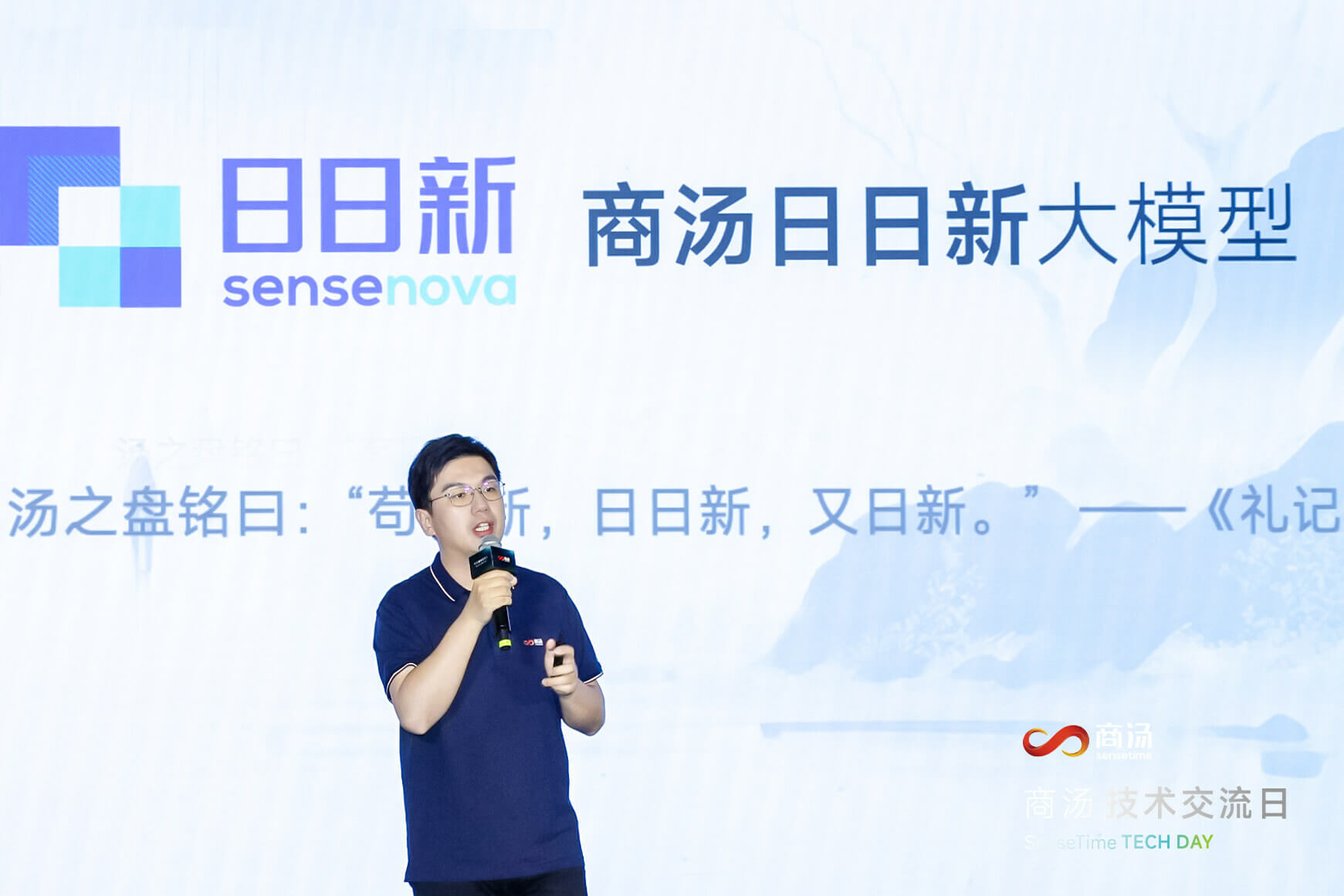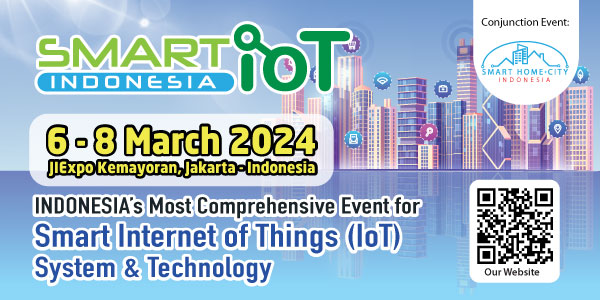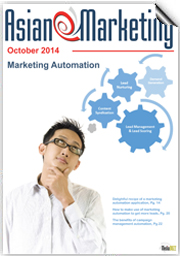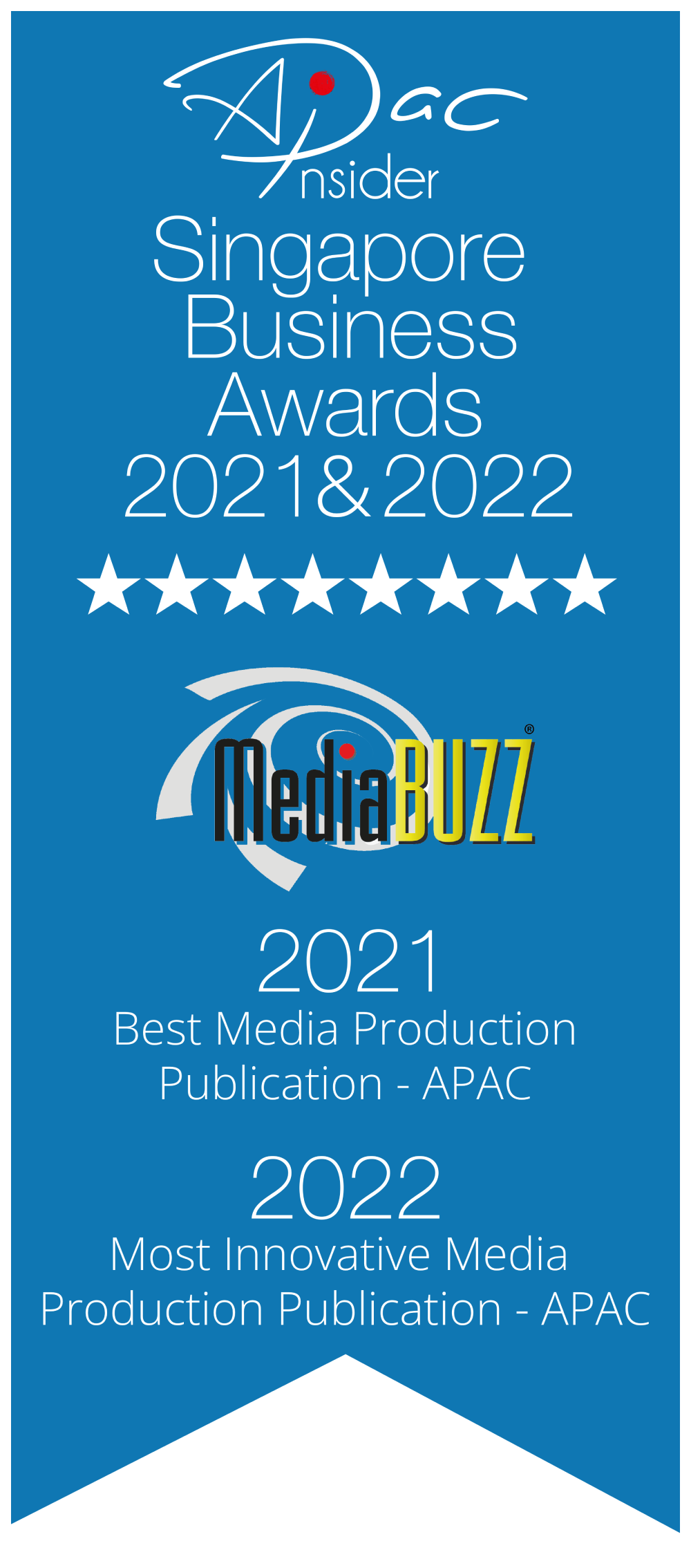- You are here:
-
Home

-
Asian e-Marketing

-
October 2010

- Online Marketing and Web 2.0
-

Enhanced Google Play Protect real-time scanning for installation of sideloaded apps
Google is making Google Play Protect’s security capabilities even more powerful with real-time scanning at the code-level to combat novel malicious apps. Google Play Protect will now recommend a real-time app scan when installing apps that have never been scanned before to help detect emerging threats.
-

Majority of APAC consumers are willing to sacrifice data security for convenience
F5's latest Curve of Convenience 2023 report shows data security taking a back seat with APAC consumers, with an increased willingness to save and share personal payment data on multiple platforms.
-

Content Remains King in the Future of Video in India
The Asia Video Industry Association’s (AVIA) Future of Video India conference opened to a full house with a keynote conversation with Shri Apurva Chandra, Secretary, Ministry of Information and Broadcasting (MIB). Secretary Chandra stated that with OTT (over-the-top), Indian content has become more accessible and more acceptable to a global audience. “Quality of content has always been very good in India, but now it is easier for Indian content to travel across the world. OTT has helped it in a big way,” said Chandra. He also reiterated the need for OTT to continue with a soft touch approach, as the three tier self-regulatory system has been working well. While there were concerns that light touch regulation has led to less desirable content, he remained of the view that the industry needed to be more self-aware so that the government need not step in. Chandra also shared that a National Broadcasting Policy has been in the works, as the industry was becoming more fragmented. However, this would take time in order to balance the conflicting interests of all the disparate parties.
-

Zero in with ABI’s Research Spotlights on research that is critical to your success
The global technology intelligence firm ABI Research just announced the release of Research Spotlights, suites of research focused on key technologies and trends within the vast ABI Research Library.
-

New Apps, New Data, and New Resilience: Huawei Proposes Ways of Evolving Storage in the Yottabyte Era
The Innovative Data Infrastructure Forum (IDI Forum) 2023, revolving around the theme of "New Apps ∙ New Data ∙ New Resilience," took place on May 23 in Munich, Germany. The Forum brings together global industry experts and partners to explore the future of digital infrastructure towards the yottabyte era (a yottabyte is equal to a quadrillion gigabytes).
-

SentinelOne enhances cloud security with Snyk
Prioritizing which vulnerabilities to fix is a challenge for software developers, and the complexities of modern apps and the software supply chain have only made things more difficult. SentinelOne, a global leader in AI security, is partnering with Snyk, the leader in developer security, to ease the burden by integrating Singularity Cloud Workload Security, its real-time Cloud Workload Protection Platform (CWPP) with the Snyk Developer Security Platform.
-

Advertisers' awareness of cookieless technologies remains low according to global survey
Ogury, a global leader in personified advertising, commissioned IDC to conduct a global survey on 1,000 major brand and media agency executives to get their perspective and understanding of the future of digital advertising in a cookieless world.
-

With new brand identity. LG aims to actively communicate with customers beyond generations and locations
LG Electronics (LG) unveiled a new brand direction and visual identity, which will shed more light on the value of Life's Good with a more dynamic and youthful look across all physical and digital customer touch points.
-

Cybersecurity in the age of digital currency
Cryptocurrencies can be notoriously volatile. With prices fluctuating rapidly and without warning, a single tweet can shift a token price by 40%, only to see the price plummet in a matter of hours. While fluctuations are expected within crypto currency, you need to be able to spot the difference between what is a normal event, and what is a scam.
-

Meltwater Brings Powerful New Enterprise Suite to APAC
Meltwater, a global leader in media intelligence and data analytics, today announced the availability of Meltwater Enterprise Intelligence Suite, a comprehensive offering that promises vital insights and transformative impact to enterprise clients.
-

5 Ways Earnest EQ Supercharges Marketing, Advertising, Branding & Comms Strategies
A 2023 Emotional Intelligence Market study citing “heavy growth” of $49.93 billion USD by 2027 exemplifies the extent to which mastering “EQ” versus IQ is taking brands to exciting new levels of success … and why not embracing EQ can result in extreme opportunity loss or, far worse, be an outright brand buster. This as today’s highly discriminating and demanding marketplace is seemingly rife with substitutable solutions. Whether the B2B or B2C sector, more often than not today’s consumers have alternate options—and they know it.
-

Protecting Data in the Cloud
Organizations in Singapore are increasing their reliance on the cloud. Nearly nine in ten organizations in the country are using cloud services, with about 70% taking a hybrid cloud approach.
-

Outlook of generative AI for the enterprise market is exciting but lacks a clear corporate strategy
The democratization and acceleration of generative Artificial Intelligence (AI) originated in the business-to-consumer (B2C) market with the release of popular applications like ChatGPT and Stable Diffusion. But the B2C market will barely scratch the surface of generative AI’s potential economic value.


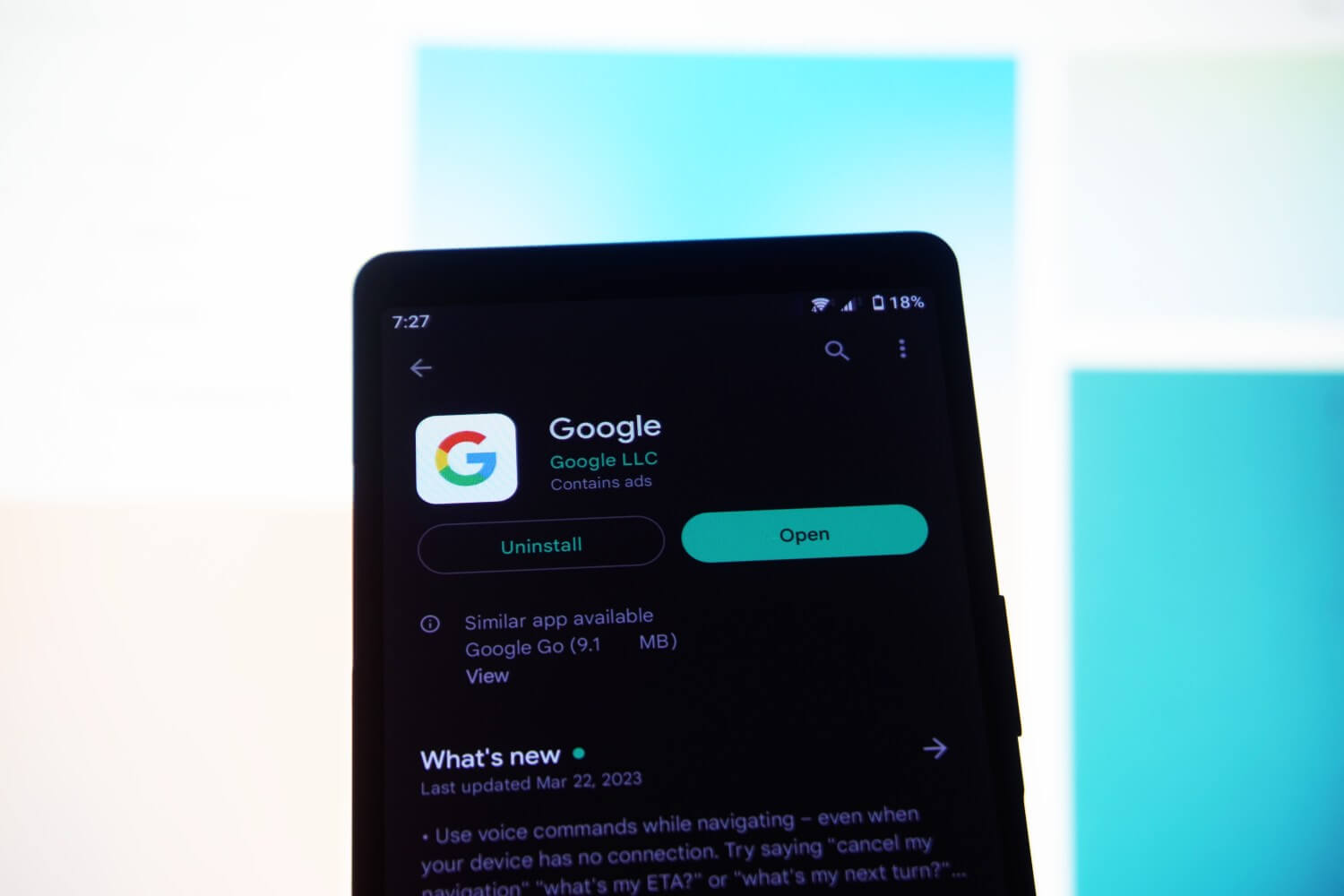



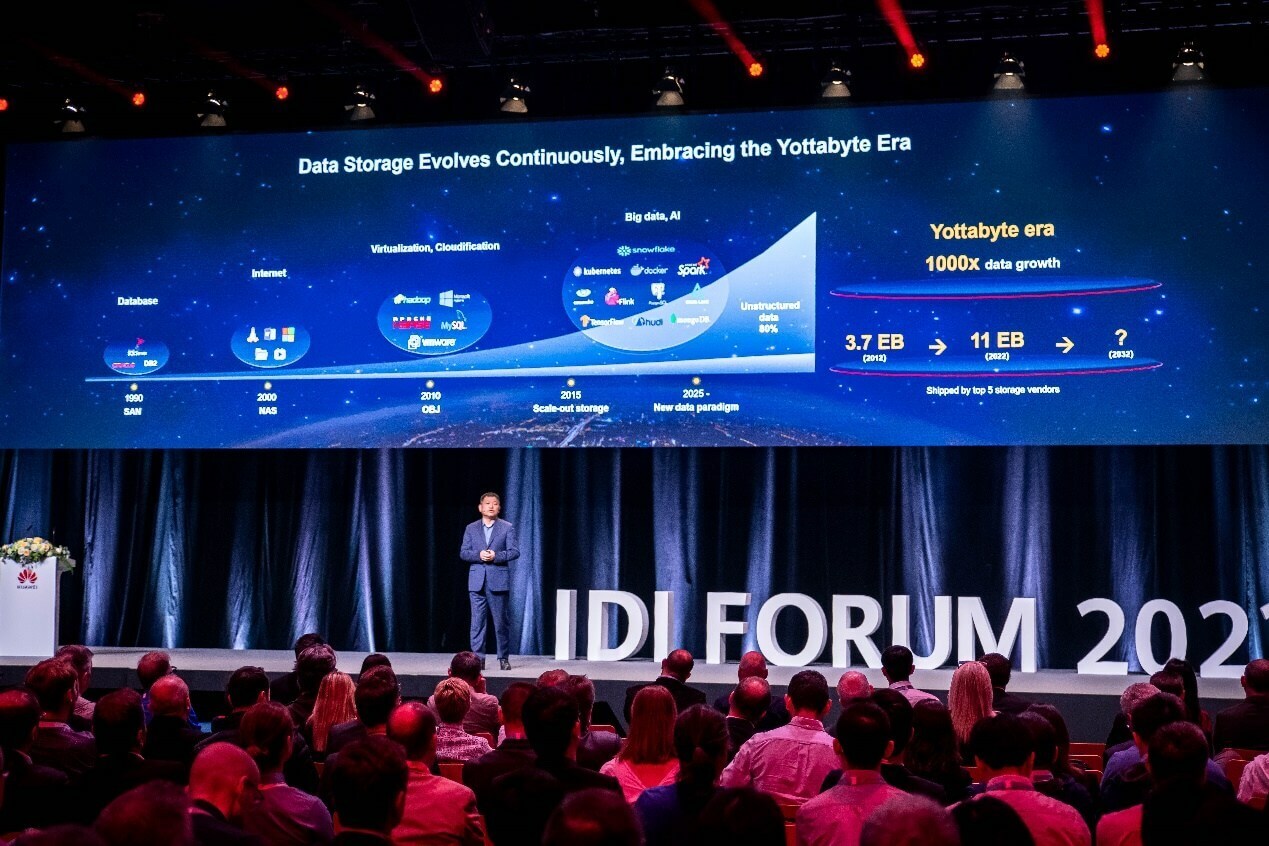











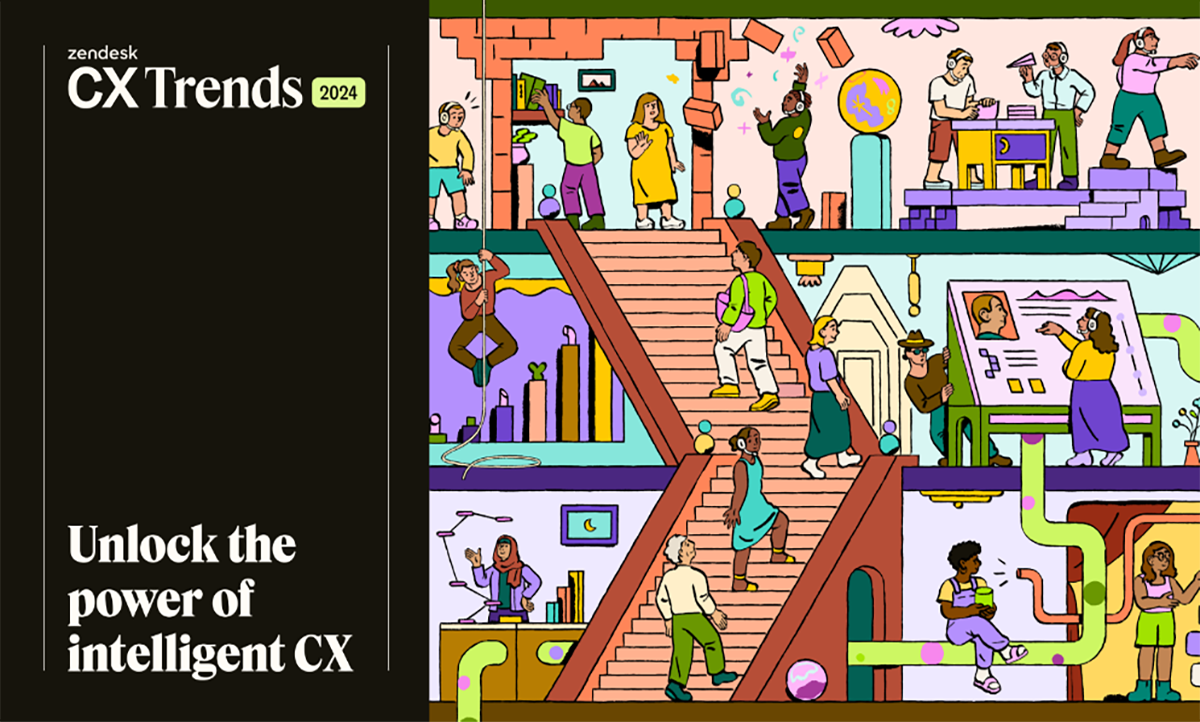

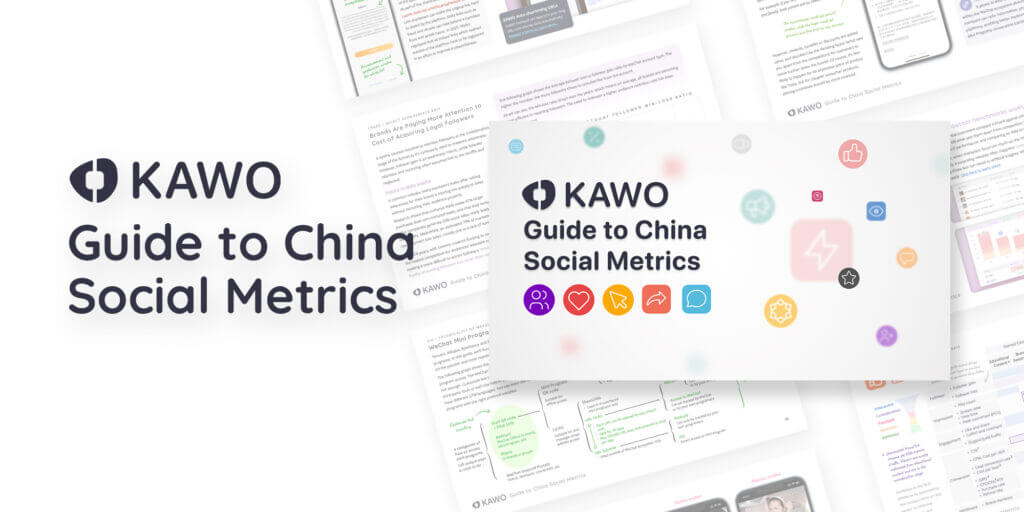

 The adoption of broadband Internet connections has revolutionized the World Wide Web within a few years, going from static banners and pop-ups to an interactive platform of moving images.
The adoption of broadband Internet connections has revolutionized the World Wide Web within a few years, going from static banners and pop-ups to an interactive platform of moving images.


